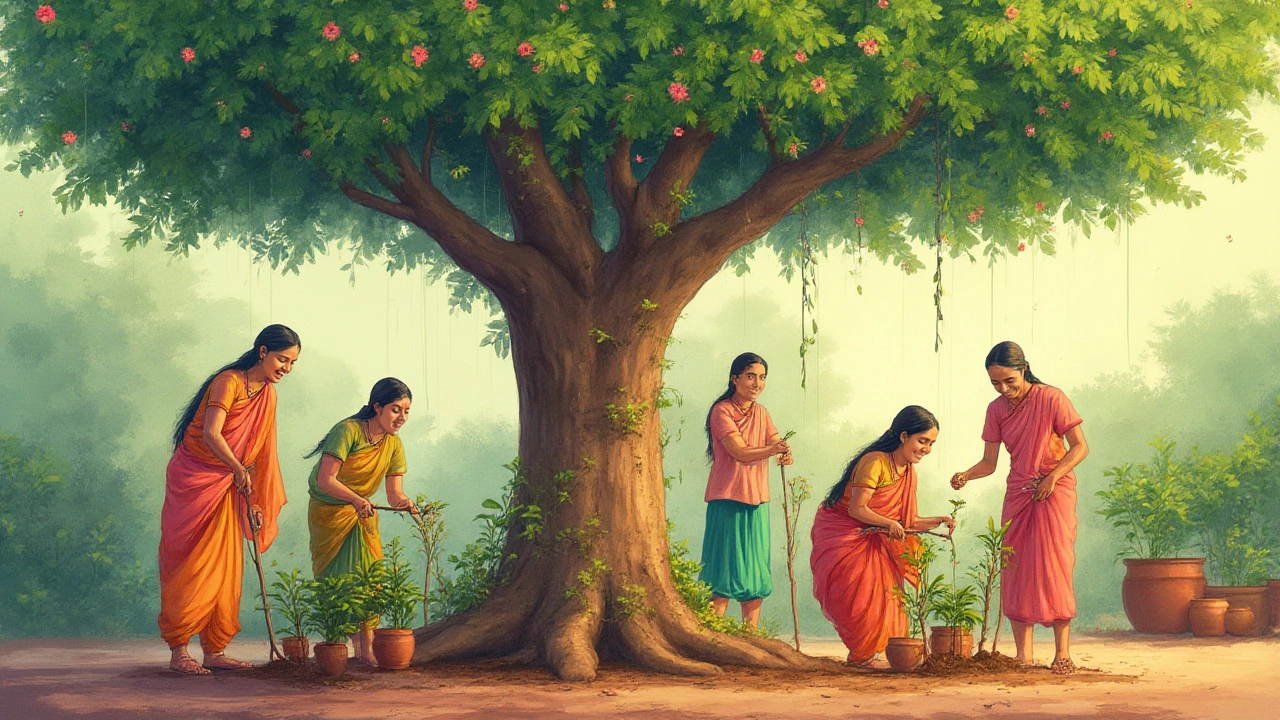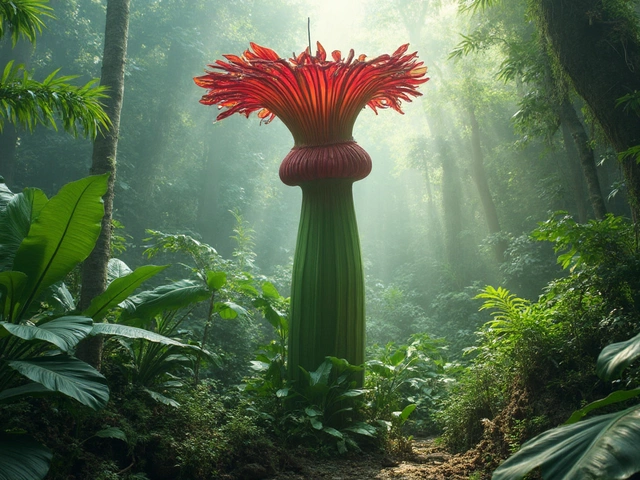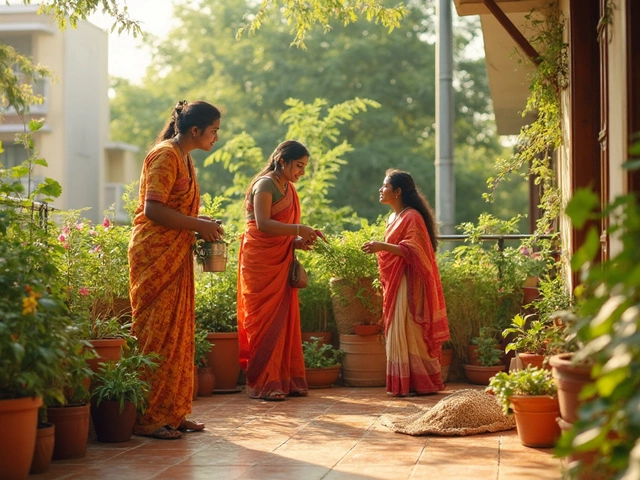Native Indian Flowering Trees: Simple Tips to Grow a Colorful Garden
Thinking about adding a splash of colour without endless upkeep? Native Indian flowering trees are the answer. They’re already adapted to our climate, need less water, and bring spectacular blooms that attract birds and butterflies. Below you’ll find easy‑to‑follow advice on picking the right species, planting them right, and keeping them healthy year after year.
Top Native Flowering Trees for Different Indian Zones
India’s climate ranges from humid tropics to dry interiors, so one tree won’t suit every backyard. Here are five reliable choices that thrive in specific regions:
- Gulmohar (Delonix regia) – Ideal for hot, dry zones like Rajasthan and Gujarat. Its fiery orange flowers turn the street into a sunset.
- Indian Laburnum (Cassia fistula) – Loves the monsoon‑fed soils of Karnataka and Kerala. Golden cascades appear in late spring.
- Palash (Butea monosperma) – Thrives in semi‑arid areas of Madhya Pradesh and Uttar Pradesh. Bright red spikes bloom after the first rains.
- Bauhinia (Bauhinia variegata) – Handles the humidity of the coastal east. Pink‑white blossoms give a tropical vibe.
- Mango (Mangifera indica) – flowering variety – Works across most of India, providing sweet fruit and a lovely pink‑white flower fringe before the fruit sets.
Pick a tree that matches your local temperature range and rainfall pattern. If you’re unsure, ask your local horticulture office or check the Indian Weather Service zone maps.
Planting and Care Tips to Keep Your Trees Thriving
Even native trees need a good start. Follow these steps for a smooth planting process:
- Site selection: Choose a spot with full sun (at least 6 hours daily). Most flowering trees need plenty of light to produce abundant blooms.
- Soil preparation: Loosen the top 30 cm and mix in well‑rotted compost or farmyard manure. Native trees tolerate a range of soils, but adding organic matter improves drainage and root growth.
- Planting depth: Dig a hole twice as wide as the root ball but no deeper than the container’s rim. Place the tree, backfill gently, and tamp the soil to remove air pockets.
- Watering: Give the tree a deep soak after planting. During the first year, water once a week in dry months; reduce frequency once the tree establishes.
- Mulching: Spread a 5‑cm layer of mulch (dry leaves, straw, or coconut husk) around the base, leaving a gap near the trunk. Mulch retains moisture and suppresses weeds.
- Pruning: Trim dead or crossing branches in the dormant season (November‑February). Light shaping after flowering encourages a strong framework for next year’s blooms.
- Pest watch: Common culprits include aphids and scale insects. A simple spray of neem oil or soap water keeps them in check without harming beneficial insects.
Remember, native trees often self‑pollinate, so you don’t need a partner tree nearby for fruit or seed set. If you want a denser canopy, plant two or three varieties that bloom at different times – this lengthens the visual impact throughout the year.
With the right choice and a bit of basic care, native Indian flowering trees turn any garden into a low‑maintenance masterpiece. Start with one species, watch it grow, and soon you’ll have a vibrant, sustainable landscape that proudly shows off India’s natural beauty.

Fastest Growing Flowering Trees for Indian Gardens: Top Picks and Tips
Curious about which flower tree grows fastest in India? Get real info, surprising facts, and gardener’s secret tips to pick, plant, and care for rapid-blooming trees in Indian gardens.
About
Flower Gardening
Latest Posts


Will Rabbits Eat Zinnias in Your Garden?
By Alden Thorne Feb 25, 2025

Discovering the Corpse Flower: Nature's Bizarre Marvel
By Alden Thorne Mar 19, 2025

Eco Friendly Garden: How to Start One Step-by-Step
By Alden Thorne May 31, 2025
